Staff Spotlight: Celebrating Historic Preservation on Main Street
For Preservation Month, Senior Program Officer Lisa Thompson explores why preservation matters and how Main Streets can celebrate and protect their historic assets.
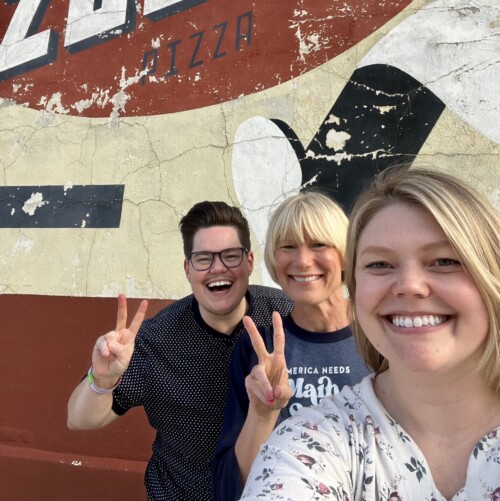
Marion, Iowa © Tasha Sams
We work in collaboration with thousands of local partners and grassroots leaders across the nation who share our commitment to advancing shared prosperity, creating resilient economies, and improving quality of life.
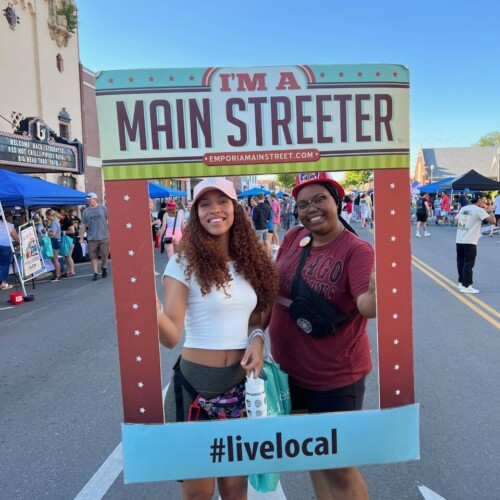
Emporia, Kansas © Emporia Main Street
Made up of small towns, mid-sized communities, and urban commercial districts, the thousands of organizations, individuals, volunteers, and local leaders that make up Main Street America™ represent the broad diversity that makes this country so unique.
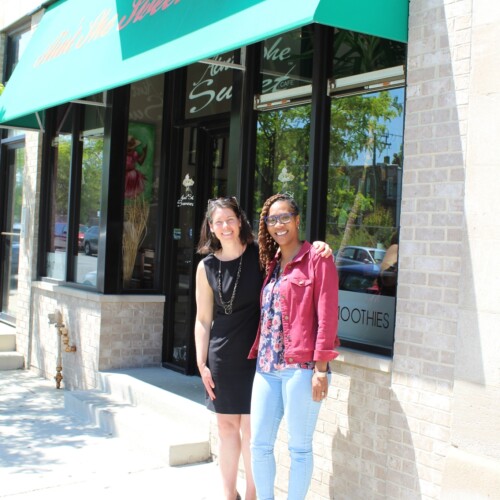
Chicago, Illinois © Main Street America
Looking for strategies and tools to support you in your work? Delve into the Main Street Resource Center and explore a wide range of resources including our extensive Knowledge Hub, professional development opportunities, field service offerings, advocacy support, and more!
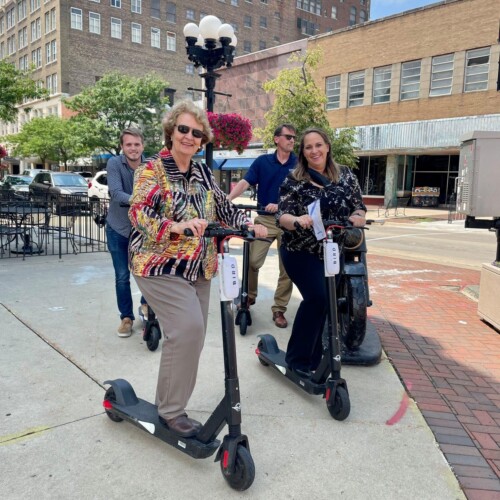
Waterloo, Iowa © Main Street Waterloo
Your one-stop-shop for all the latest stories, news, events, and opportunities – including grants and funding programs – across Main Street.
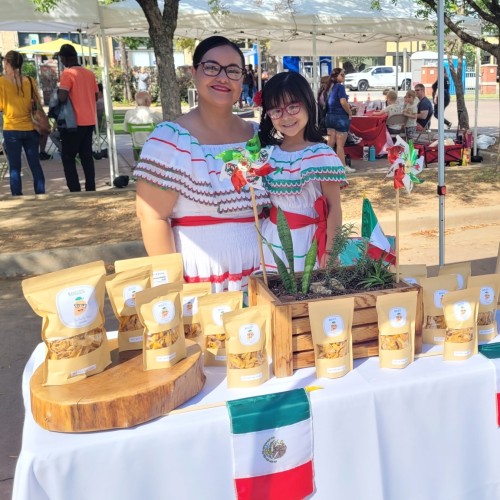
Kendall Whittier — Tulsa, Oklahoma © Kendall Whittier Main Street
Join us in our work to advance shared prosperity, create strong economies, and improve quality of life in downtowns and neighborhood commercial districts.


As summer ends, there’s no doubt that Mother Nature is trying to tell us something. Whether its record-breaking heat, Canadian wildfire smoke, or near-boiling water off the Atlantic and Gulf Coasts, climate change impacts have been felt all over the United States and all over the world. As I write this article, Hurricane Idalia rapidly intensified into a major hurricane before making landfall in Florida’s Big Bend region. We have hundreds of studies, measurements, and our own experience to show us that the climate is rapidly changing.
And for those of us who care about our downtowns and commercial districts, it has been a particularly devastating summer. Record-breaking rainfall in early July damaged dozens of picturesque Vermont towns. Over 20 historic downtowns were damaged up and down the state including the Main Street communities of Brattleboro, Barre, and Montpelier, the state capitol. Historic precipitation, and even a hurricane, have wreaked havoc in California. And most dramatically, wildfires in Hawaii damaged an irreplaceable town.
Earlier in the summer, my family and I visited Maui for the first time. I was most excited about visiting Lahaina, Hawaii’s historic capital, first established by King Kamehameha in the 18th century after he unified Hawaii as an island nation. Besides the royal seat, Lahaina became an important port in the trans-Pacific trade and a whaling center. Most impressive was Front Street, Lahaina’s Main Street with its many shops and art galleries with sweeping views of the ocean. We also marveled under the shade of one of the largest banyan trees anywhere. The multiple trunks and branches covered an entire city block giving us a break from the cruel sun – that’s what Lahaina means in Hawaiian.

As you can imagine, we were devastated to learn that most of Lahaina burned to the ground in a firestorm in early August, taking over a hundred lives with 1,000 victims still unaccounted. We fell in love with Hawaii, especially its legendary hospitality, summed up in the word Aloha, which we learned is much more than a greeting. For example, we spent some time talking to the owner of Santa’s Pen, a locally owned Christmas store that specializes in personalized ornaments. The loss of life is devastating, as is the loss of Hawaii’s history and culture.
This is why the Main Street Disaster Preparedness and Resilience program is so timely. A three-year program funded by the National Park Service through the Emergency Historic Preservation Fund, the program provides national and regional workshops and is developing a toolkit to equip commercial district managers with the resources they need to prepare for the next disaster as well as how to rebuild more resiliently to help communities bounce back more quickly from the increasing number of disasters coming our way.
In honor of National Disaster Preparedness Month, we are providing some practical steps that Main Streets can take to prepare for the next, inevitable disaster. First and foremost, visit Ready.gov, sponsored by FEMA. Ready.gov has worksheets and toolkits for you and your family as well as Ready Business with resources for businesses.
But more specifically, what can we do for our historic resources in our downtowns and neighborhood commercial districts? I would recommend starting with these five practical steps:
1. Look for hazards in your commercial district. Take a tour of your commercial district and look for potential hazards. Take a group on tour with a clip board and a smartphone for photos. As handy guide, use FEMA’s Risk Assessment Worksheet.
2. Take photographs of every building. As part of this exercise, photograph buildings from all sides including significant historic interiors wherever possible. Set-up an account with Google Photos or Apple Photos where participants can share and upload photos. If you can’t agree on a day to do this, ask each business to upload a photo.

3. Check insurance coverage. Most businesses do have insurance but more importantly, do they have the right one? Some types of flood insurance require additional coverage. Invite a local insurance agent and host a lunch to learn more about what kinds of insurance requirements businesses should consider.
4. Meet your county emergency management director. Take the opportunity to learn about your state’s plan for a major disaster, how your county is getting ready for the next disaster, and what mitigation projects your local government is considering making your community more resilient. Most importantly, what plans does your county have to help businesses recover should your commercial district experience a major disaster?
5. Hold a business continuity meeting. How many businesses in your district have a business continuity plan? And better yet, does your Main Street program have a business continuity plan? Perhaps your organization created one during the pandemic. Have you ever written it down? How applicable is it to other kinds of disasters? How can your businesses continue operating should they experience a fire, hurricane, earthquake, or other unforeseen disaster that would prevent them from using their storefront?
While FEMA has some general training materials easily accessible to all, we are gathering resources from states such as Oklahoma and Oregon that are training non-profit organizations and Main Streets. If you’d like to learn more, sign up for Getting Ready: Disaster Preparedness Training and Toolkit Launch on Friday, November 10, at PastForward, the National Trust for Historic Preservation’s national conference in Washington, D.C. A limited number of travel scholarships are available.

Hestia Creations, a Main Street America Allied Member, is this quarter's Main Spotlight advertiser. For more information about the products and services they provide to Main Street organizations, click here >